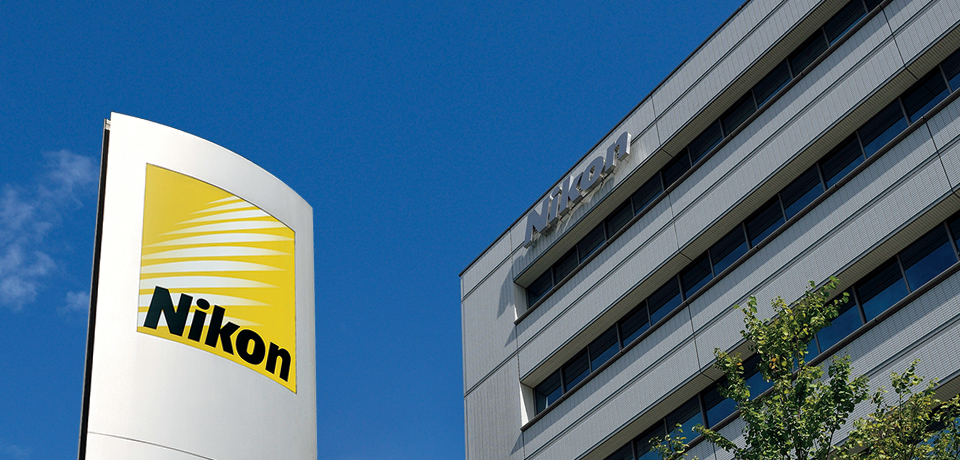Products You May Like
Morf3D won Boeing HorizonX Ventures backing in 2018 and 2019
SEOUL, South Korea — Japanese camera maker Nikon has acquired a controlling stake in U.S. startup Morf3D, an aerospace supplier that has produced 3D-printed metallic flight hardware for Boeing satellites and helicopters. The deal gives Tokyo-based Nikon a foothold in the flourishing satellite industry.
“Morf3D has proven leadership in metal additive technology, a strong innovation pipeline and highly specialized aerospace manufacturing qualifications,” said Nikon vice president Yuichi Shibazaki in a statement on April 6. “This combination [of the two companies] is well-aligned with Nikon’s vision for accelerating industrialization of AM [additive manufacturing] through innovation, and we look forward to working together to deliver exciting next-generation AM solutions to customers globally.”
Additive manufacturing, also known casually as 3D printing or rapid prototyping, is a process that Morf3D uses to solve what it calls “complex design and manufacturing challenges in a new age of aerospace innovation.”
Under the deal, estimated at 10 billion yen ($91 million), Nikon will have seats on the Morf3D board of directors and send engineers to the El Segundo, California-based startup to solidify operational ties. It’s also expected that Nikon will use Morf3D’s sales channels to reach satellite manufacturers.
Morf3D’s Boeing backing
Established in 2015, Morf3D has supplied 3D-printed customized titanium and aluminum parts for Boeing satellites and helicopters. The company also provides advisory services in additive manufacturing strategy and technology adoption road-mapping. Boeing has maintained close ties with Morf3D by investing in it twice — in April 2018 and August 2019 — via its investment arm, Boeing HorizonX Ventures, citing increased customer demand for Morf3D’s services.
In a 2018 news release, Boeing said Morf3D’s software combined with its engineering expertise had “significantly reduced mass, and increased the performance and functionality of manufactured parts.”
Other major customers Morf3D has done business with include Honeywell, Raytheon, Northrop Grumman and Collins Aerospace, according to the company’s website.
#BoeingHorizonX invests in #Morf3D to transform additive manufacturing for the future of flight with lighter, stronger 3D-printed parts! https://t.co/daeOfwgRHm pic.twitter.com/VcinPXH6Iw
— The Boeing Company (@Boeing) April 23, 2018
Hunting for focus
The acquisition was the latest outcome of Nikon’s efforts to find new growth engines amid declining financial health which some industry watchers have blamed on a series of managerial mistakes brought into sharper focus by a pandemic that’s been widely negative for the photo business. Nikon’s total revenue in 2020 fell 16.6 percent year-over-year to $5.48 billion, with operating profit down a staggering 92 percent to $62 million. Nikon’s core imaging business is also in dire straits — $2.09 billion in revenue last year, down 23.7 percent year-over-year, with an operating loss of $158 million. This drove the company to lay off 700 employees last year with plans to shed 2,000 more by March 2022, according to reports.
Against this backdrop, in July 2019, Nikon launched the Next Generation Project Division, a task force dedicated to accelerating the launch of new growth businesses that can create synergy with its famed precision and optoelectronics technology — and Morf3D was its pick.
“Morf3D is focused on helping customers realize the potential of [additive manufacturing] to solve complex design and manufacturing challenges,” Nikon said in the April 6 statement. “Using state-of-the-art additive design and analytical tools combined with unmatched [additive manufacturing] serial production experience, Morf3D accelerates fully optimized functional structures and build processes for clients.”
In the statement, Morf3D’s chief executive Ivan Madera said the tie-up will “bring forth the highest level of quality, service and technological advancements that will drive the industrialization of additive manufacturing.”
Another Nikon vs Canon battlefield?
Meanwhile, Nikon is not the first Japanese camera maker to enter the satellite industry. In June 2017, Canon sent its imaging satellite CE-SAT-1 into orbit as a secondary payload on an Indian PSLV launch vehicle.
Last year, Canon developed another imaging satellite, CE-SAT-1B with the plan of launching it on a Rocket Lab Electron rocket. But the rocket, launched July 4 from New Zealand, failed to reach orbit due to a problem with the second-stage burn, resulting in the loss of all seven commercial payloads onboard.
